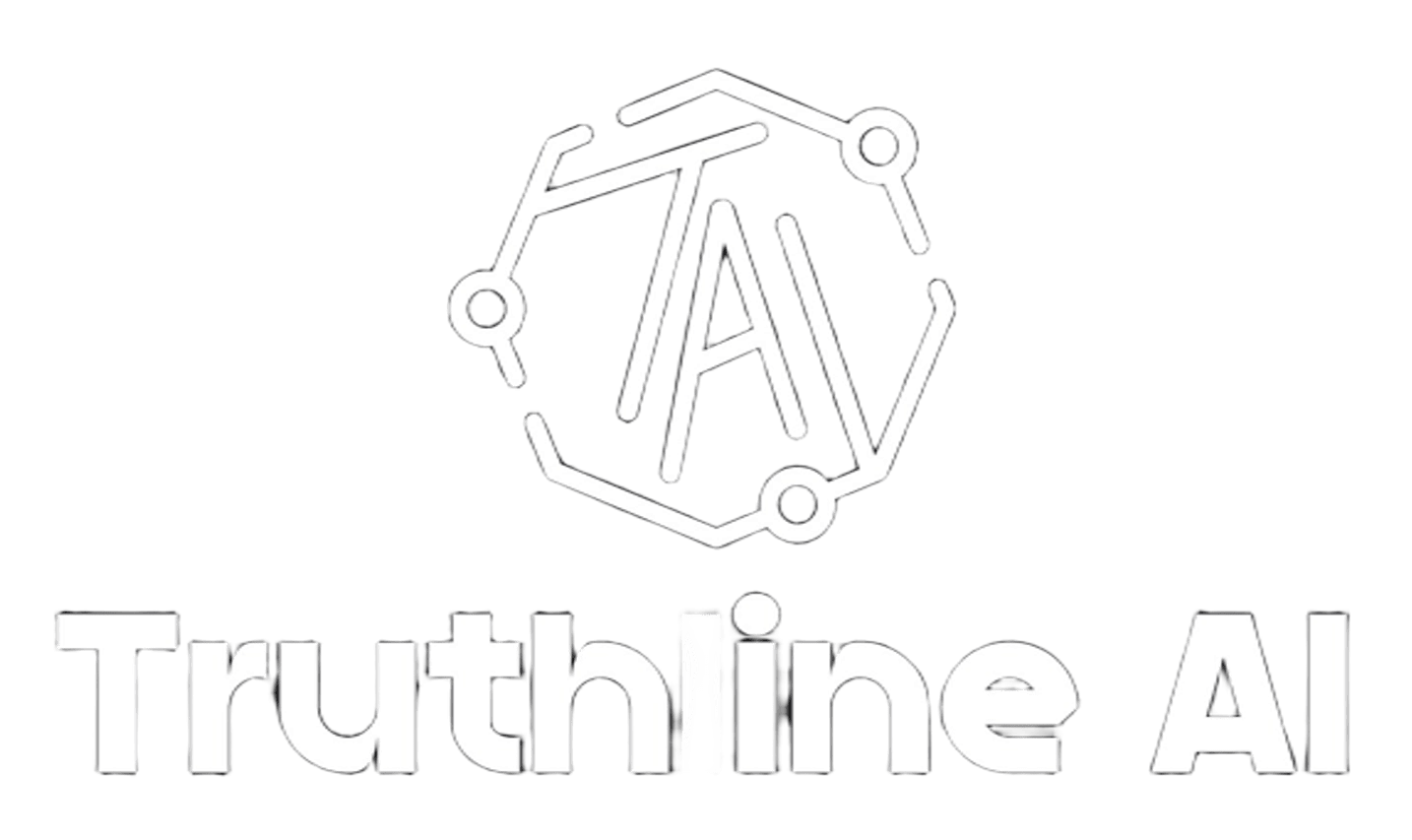Analysis Of The Standard Newspaper -July 30,2025
Tone
The overall tone of the newspaper is serious, critical, and investigative. It emphasizes concern over governance, accountability, and justice especially in relation to President Ruto’s controversial fiscal policies and unresolved issues such as cult deaths and unresolved school violence. Emotional depth is also evident in human-interest stories like the return of Stephen Munyakho and the Gaza famine, giving the paper a balanced yet urgent feel.
Track
The paper largely tracks governance and accountability issues, particularly focusing on how government actions impact public trust and national stability. The narrative is built around a skeptical view of Ruto’s securitization policy and administrative reshuffles, suggesting an underlying scrutiny of political motives. International affairs and sports are covered, but the domestic political and socio-legal themes dominate the front and inside pages.
Framing
Issues are framed through a watchdog lens, highlighting misuse of power, injustice, and government overreach. The securitization plan is framed as reckless borrowing that endangers Kenya’s future, while cases like the school assault and cult deaths are framed around institutional failure and demand for justice. Even in reporting opposition politics, the framing leans toward emphasizing democratic accountability over partisan rhetoric.
Editorial Agenda
The Standard seems to pursue an agenda of holding government institutions accountable and amplifying calls for transparency and justice. By allocating multiple pages to scrutinize Ruto’s policies, highlighting public sector conflicts, and giving voice to victims and whistleblowers, the editorial stance appears committed to civic responsibility and reform. The newspaper also includes human stories and sports, but the underlying push is toward reform and citizen protection.
Conclusion
The July 30 edition of The Standard positions itself as a vigilant, reform-minded publication. It calls for caution on Kenya’s economic path, justice for victims of systemic abuse, and greater transparency in public office. Through its selection and emphasis of stories, it both informs and challenges readers to think critically about the state of the nation.
